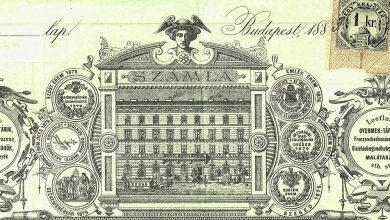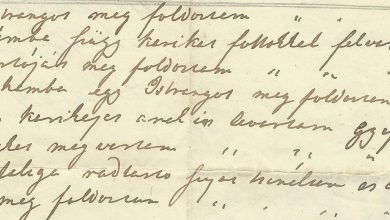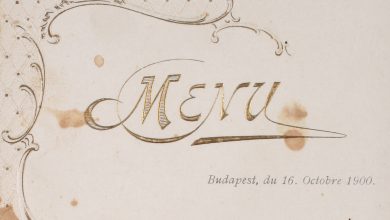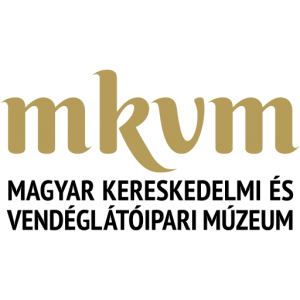Collection data:
Collection manager: Kinga Veress, Museologist
Number of pieces in the collection: 1,650 pcs
Online availability: Hungaricana
Researchability: The collection can only be researched locally, on advanced registration.
About the collection:
Collection of Fine Art collection includes works related to the commercial and catering industry. The latter represent about 90% of the collection. It occurs from the profile of the museum museum that the quality and classification of the objects in the collection are usually not determined by their archaeological, ethnographic, fine or industrial arts or precious metal value, but primarily by their professional historical significance.
Néhány kiemelkedő festő és szobrász: Volnhoffer, Endrey Sándor, Stróbl Alajos, id. Vastagh György, Major Henrik, stb. alkotásai így kerültek gyűjteményünkbe. The portraits of people in the trade and hospitality industry are important from the point of view of professional history and in many cases of fine art as well, because portraits of lesser-known people, even if those portraits have significant artistic value, are rarely found in other public collections. Several works of outstanding painters and sculptors like Volnhoffer, Sándor Endrey, Alajos Stróbl, György Vastagh Sr., Major Henrik, etc. have became part of our collection this way.
There is less artistic value among the depictions of shops. Some 19th century works are worth highlighting: e.g. a color print of the Pilvax Café, engravings of the inns associated with Nádor (ca. 1870) and Zöldfa (ca. 1890), ink drawing reproductions of the cross-section, facade and café of the Somossy Orfeum building (F. K. Kruss, 1893), a watercolor reproduction of the Beleznay Garden (Károly Cserna ca. 1890), an engraving of the lower restaurant of Margharet Island (ca. 1900) and a color engraving of the Császár Bath from 1853.
In relation to the works that once decorated the shops, we must point out that the majority of traders and caterers always put a lot of emphasis on making their shops attractive and classy with artistic equipment and ornaments. Although this endeavor was dependent on the owners’ financial possibilities, sacrifices and taste, on the one hand the needs of the customers, its success became one of the most significant factors determining the quality of the given place. Most of these countless works of art have been destroyed, the memory of some of them is preserved in our Photo Collection. Some of the works that survived world wars were rescued from the stores by their owners, while others could surviveby the laxness of the inventories made at the time of socialization.
Structure of the collection:
The main groups of the collection:
- portraits of people in trade and hospitality industry
- works depicting shops
- works that once decorated shops, as well as drafts and designs made for them
- general depictions, portraits, caricatures related to commerce and gastronomy (innkeepers, actors, etc.)
- ex libris
Collecting activity:
Our collection is increasing mostly with items from stores that are closing down or are being converted. Among them we find some works worth mentioning: the red chalk drawings made by Gara Arnold and Jenő Feiks, which decorated the Opera coffee house from the end of the 1920s, or the Gatto Nero caricatures, which came to the museum from the walls of the Operett espresso bar, and depict our famous actors . In 1981, nine canvases of the Apostles from the downtown Apostles pub, which opened in 1903, were added to the collection in 1981. We keep eight large murals of Jenő Haranghy from the Bunda pub of the English Queen in Debrecen – which was one of Endre Ady’s regular haunts. We could continue the series, but let’s end with a special piece: there is a Biedermeier painting which was first in József Auguszt’s pastry shop on Attila Boulevard, then in Elemér Auguszt Elemér’s shop on Krisztina Boulevard, there is a tower on the painting that has an attached clock which mechanism still works today.
We highlight five of our company name plates. The Kék Flaskó stone plate is the oldest from 1728, the shop operated in today’s Király Street. Among our two name plates painted on iron sheets, one dates from the early 1800s and belonged to the inn addressed to Császár Napóleon in Baross utca, the other to the former innkeeper Balázs in Hűvösvölgy, from the middle of the 19th century. A colorful, ceramic Bacchus head decorated the entrance of a restaurant in Tabán. The richly decorated wrought iron sign of the Hági beer hall in Székesfehérvár, made in the 1930s, has been admired by many visitors.








